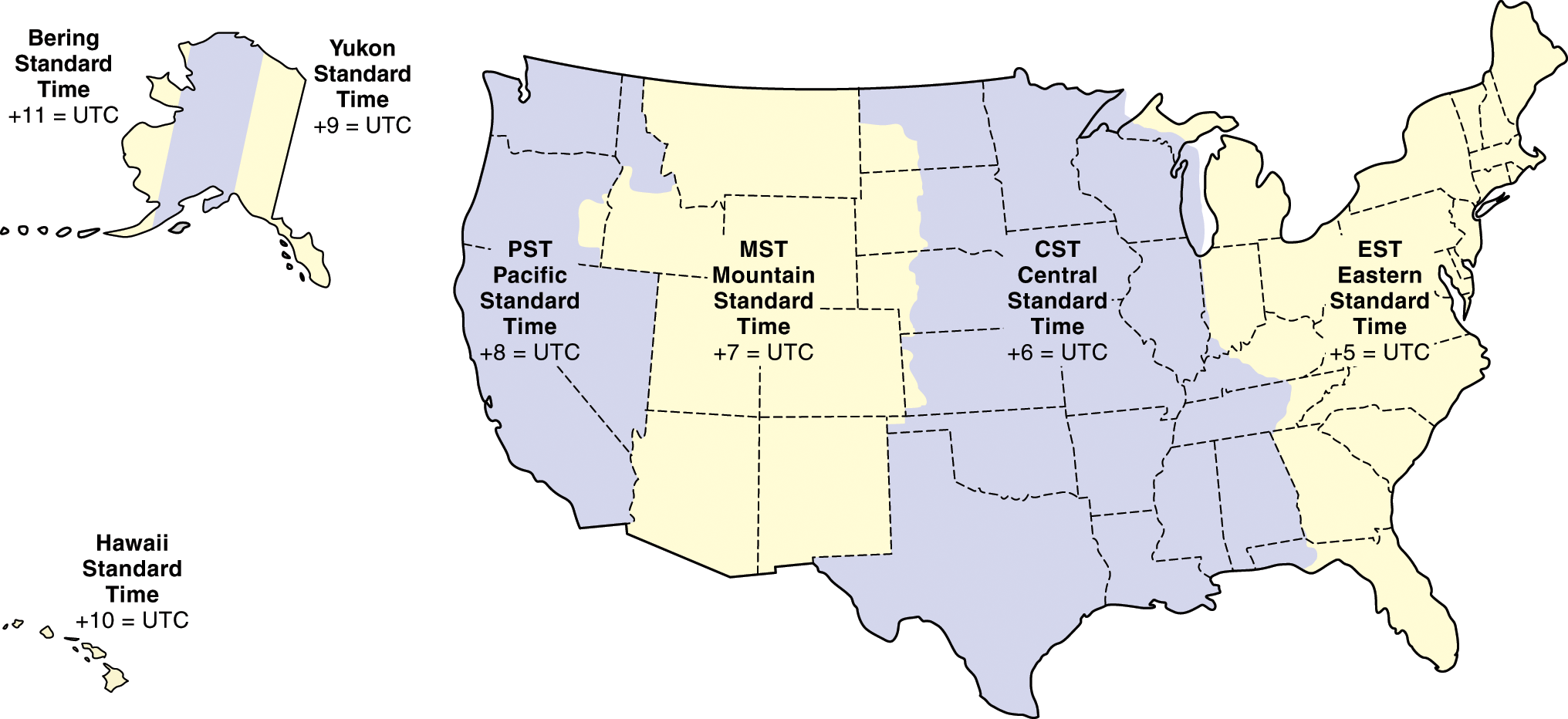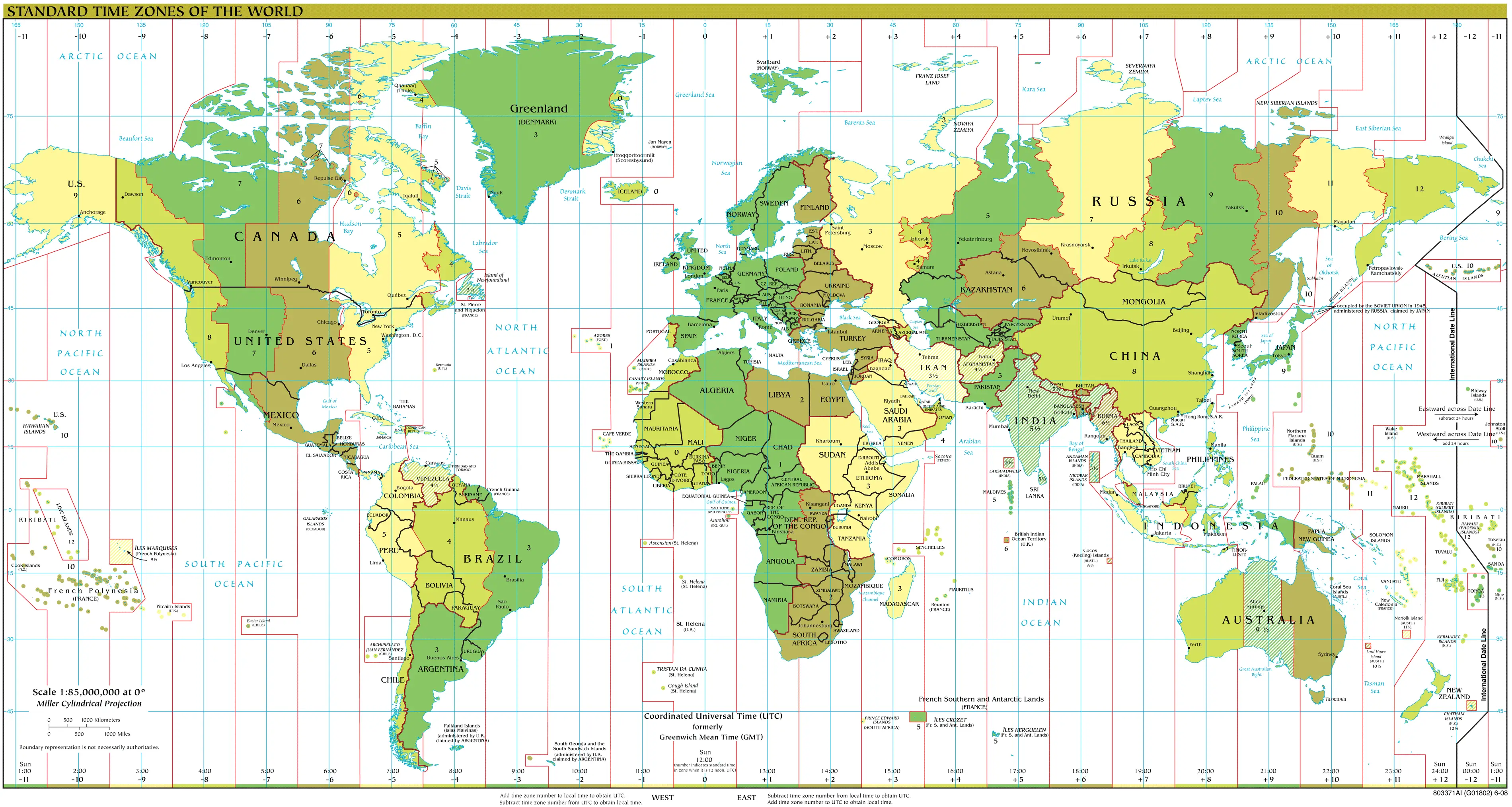

This is as close to the official standard as you can get. Example: Pacific Standard Time.īut I don't know if there's an official term for these names, they just that unstandardized. These are the traditional time zone names we’re used to. Here are some standards I discovered, there may be more: Common name Misconception #8: There is a standard format for declaring time zones Why does that extra 15 minutes matter so much to them? Because they really want their mountain to have the sun right above it at noon.īut it makes you wonder: what would happen if the mountain ever shifted? Misconception #7: A country stays at the same UTC offset all year longĭon't forget about Daylight Saving Time! Or as the Europeans call it "Summer Time."Ĭountries practicing DST change their UTC offset twice every year. Nepal likes to be at the 45 minute UTC offset. There are many more examples Misconception #6: Fine, time zones are always offset from UTC by an integer number of half-hours India standard time is five and a half hours off of UTC. Misconception #5: Time zones are always offset from UTC by an integer number of hours Misconception #4: Every time zone has exactly one agreed upon nameĮver notice how every time zone consists only of English words? Awfully kind of Spanish and French speaking countries to graciously use our language, right?Įastern Standard Time, Tiempo del Este, and Heure Normale de l'Est are all different names for the exact same time zone. Military time alone uses 25 time zones, one for each hour from UTC-12 to UTC+12Īll together, there are 244 time zones used by the 195 countries in the world.Some countries split themselves up into multiple time zones (e.g.Many countries want their very own time zone (how many do you think run on Myanmar Time?).How could this one possibly be wrong? Well. You might be wondering: if they’re all at the same UTC offset, why couldn’t all those countries just use the same time zone? Perhaps Pakistanis weren’t keen about being on “Yekaterinburg Time” Misconception #3: There are more countries in the world than time zones Here are 10 distinct time zones which are all at UTC+5: It makes for a very jagged international date line Misconception #2: Every UTC offset corresponds to exactly one time zone Why that crazy range? That was a result of pacific islanders decided they wanted to be on a specific side of the international date line. How does it work? UTC-12 has the same time as UTC+12, but is one day behind. That's gives you 27 hours UTC can be offset by (don't forget the zero offset) Turns out, UTC offsets span from -12 to +14. Misconception #1: UTC offsets go from -12 to +12 Most of them I believed just one month ago. All the falsehoods below are ones I'd considered true at some point in my adult life. Hopefully this list will help you avoid the landmines I stepped on. Eventually my original vision became literally impossible to pull off without making serious compromises (more about that in a future blog post). One after another, I kept learning the falsehood of yet another "fact" that had seemed obviously true. I would merely build an extra time zone conversion layer on top. I knew trying to manage time is a fool's errand, but that's what datetime libraries are for. I later discovered mytime.io had already implemented a very similar thing, and run into the same pitfalls What if event organizers could share a link that would do the work for you? If someone clicked on mytime.at/5pm/EST, they would see their local version of that time.

She has to ask for help.Īnd, for the less technically minded, it's also error-prone. She's not the most technical person, so google isn't an option.

It's hard to remember if she should add 4 hours, subtract 3, or what.

She loves joining Zoom meetings, but they're all hosted in different time zones.


 0 kommentar(er)
0 kommentar(er)
